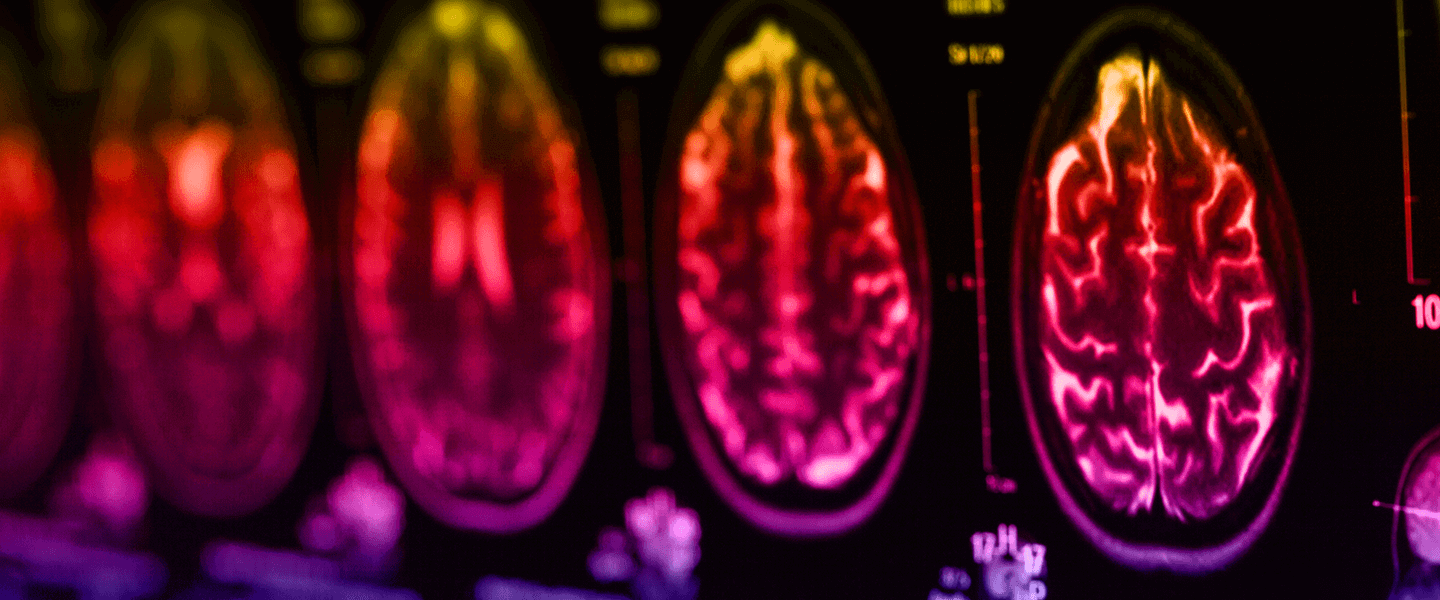Imaging Study Links Changes in Function and Structure of the Hippocampus in Early Psychosis
Imaging Study Links Changes in Function and Structure of the Hippocampus in Early Psychosis

Researchers have added an important piece to the scientific puzzle regarding one of the core features of psychosis. The new evidence is the product of advanced imaging that enables investigators to directly observe brain structure and function in living patients.
The newly published research, which appears in the American Journal of Psychiatry, provides what the researchers term “compelling evidence” that activation of a portion of the brain’s hippocampus "is impaired in early psychosis," and that this activation is directly related to hyperactivity of the region in question, which is called the anterior hippocampus.
The hippocampus is a tiny seahorse-shaped structure that is critical in forming and recalling memories, as well as our ability to orient ourselves and navigate through space. Normal hippocampal function depends upon a balance of excitation and inhibition of the nerve cells that comprise the structure. It has been proposed that an imbalance of these forces has a causal role in the development of schizophrenia—which typically begins with a “first episode” of psychosis, usually in the late teen or early adult years.
A team led by Maureen McHugo, Ph.D., of Vanderbilt University Medical Center, and whose senior member was BBRF Scientific Council member and 1998 and 1991 BBRF Young Investigator Stephan Heckers, M.D., M.Sc., had shown in prior research that the anterior, or forward, portion of the hippocampus is reduced in size during the early stages of psychosis. Other researchers have also shown reductions in people at high risk for developing a psychotic disorder.
In their newly reported study, the team examines the hypothesis that an imbalance between excitation and inhibition in the anterior hippocampus causes that area to become hyperactive, which in turn results in a reduction in the volume of that area—the structural change that they have already seen in early-psychosis patients.
The investigators used two imaging-based measures of the hippocampus and brain activity in 45 early-psychosis patients and 35 demographically matched healthy control subjects. First, participants completed a functional MRI scan that was designed to activate the anterior portion of the hippocampus. (The task involved viewing pictures of “scenes” as well as scrambled versions of them.) Second, some of the participants completed scans that measured their cerebral blood volume, or CBV. The team explained that this is a “gold-standard” measure of “baseline” hippocampal activity in living subjects.
The results came in two parts. The first showed that early-psychosis patients had reduced activation, relative to the controls, in the anterior hippocampus while they viewed images of scenes. The question then became whether this was related to “baseline” activity in the hippocampus. Just as they hypothesized, the team found “strong evidence” that those with the highest baseline activity in the anterior hippocampus had the lowest activation of the same area in response to images.
The takeaway for the researchers was that activation of the anterior hippocampus is impaired in early psychosis “and that this impairment is related to underlying hyperactivity” of the area. This forms “a critical translation bridge,” the team said, between preclinical research and patient studies measuring changes in brain function in the search for the biological causation of psychosis.
The team will continue their pursuit of the theory that psychosis develops in stages, and that interventions may be possible to delay or prevent progression between stages. They expressed this hopeful thought: if detection of hippocampal hyperactivity is possible in patients—as the current study suggests it may be—and this can be done before changes occur in hippocampal structure (i.e., shrinkage of the anterior portion), then there may be an “opportunity to intercede and halt illness progression.”
The first step is to show that the “scene-processing task”—the functional MRI scan in the current imaging study—is a legitimate biomarker: practical and reliable in patients in real-world settings, sensitive to illness staging and progression, and responsive to “both existing and novel therapies.” If so, the team says, then it will be a valuable alternative to the CBV scan, which involves an injection that carries side-effect risk.



